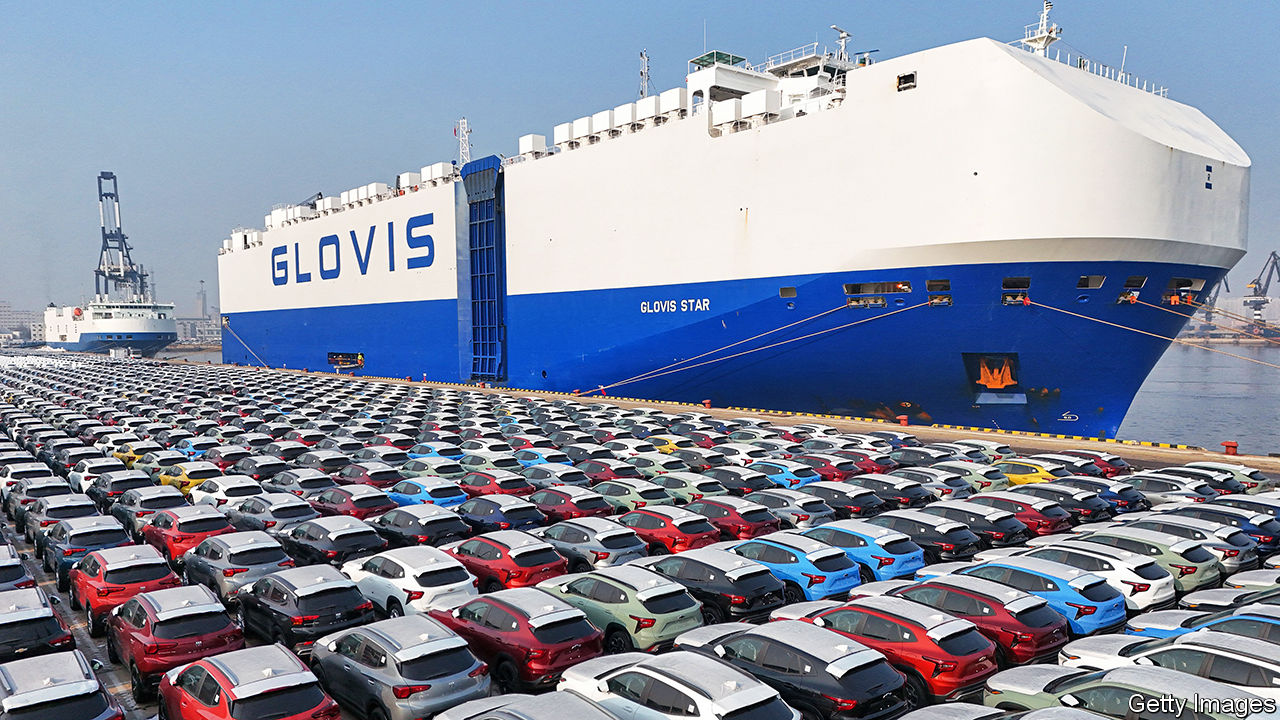Chinese cars are setting their sights on the American automotive landscape, drawn by its promise of opportunity and growth. But navigating the complex terrain of the US market isn’t a simple task. In this article, we’ll delve into the potential journey of Chinese cars making their mark in America.
The Current Landscape of Chinese Cars
Chinese automakers aren’t newcomers to the global stage. They’ve been exporting vehicles to various regions for years, establishing substantial footprints in Europe and Asia. However, penetrating the American market presents a unique challenge. The US imposes stringent safety and emissions regulations that Chinese automakers must navigate before even considering sales.
Meeting Safety and Emissions Standards
A primary hurdle for Chinese automakers eyeing the American market is aligning with US safety and emissions criteria. The National Highway Traffic Safety Administration (NHTSA) enforces rigorous safety standards, while the Environmental Protection Agency (EPA) sets stringent emissions requirements.
To meet these standards, Chinese automakers must invest heavily in research and development. Rigorous crash tests and emissions evaluations are imperative to ensure compliance with US regulations.

Cultivating a Brand of Chinese cars
Another formidable obstacle lies in building brand recognition and trust among American consumers. Brand loyalty runs deep in the US, with established names like Ford, Chevrolet, and Toyota commanding consumer allegiance. Chinese automakers must work diligently to establish themselves as reputable and reliable alternatives.
This endeavor demands substantial investments in marketing and advertising to raise brand awareness. They must convey a message of reliability and safety, positioning themselves as credible contenders in the American automotive landscape.
Politics?
President Biden faces a delightful quandary with the rise of affordable, eco-friendly cars, aligning perfectly with his fervent dedication to combatting climate change.
As detailed in a report by Maxine Joselow in March, the Environmental Protection Agency (EPA) under the Biden administration is cheerfully nudging the US auto industry towards a greener future filled with electric vehicles. This initiative forms a key component of the agency’s most sweeping climate regulation to date.
Under this forward-thinking plan, car manufacturers will be encouraged to ramp up their production and sales of electric cars. Additionally, the EPA will embark on a joyous journey to curb carbon emissions from gasoline-powered models.
Read about: 2026 Chevrolet Silverado EV Price
These emissions, responsible for approximately one-fifth of America’s contribution to global warming, are receiving a friendly tap on the shoulder from the EPA. Through this approach, the agency aims to embrace a brighter, cleaner future for all.
Forging Partnerships with Established Brands
One strategy for Chinese automakers to gain traction in the American market is through strategic partnerships with established brands. Collaborating with a renowned brand allows Chinese automakers to leverage existing brand equity and distribution networks.
For instance, in 2010, Chinese automaker Geely acquired Volvo, utilizing its technological expertise to enhance its own vehicle offerings. Geely also tapped into Volvo’s extensive distribution channels, facilitating its global expansion efforts.

In Conclusion
While the potential for Chinese automakers to enter the American market is evident, numerous challenges lie ahead. Meeting stringent safety and emissions standards demands substantial investment in research and development. Establishing brand recognition and trust among American consumers requires concerted marketing efforts. Collaborating with established brands presents opportunities for accelerated market entry.
Ultimately, the journey of Chinese cars into the American market remains an unfolding narrative. Only time will reveal whether Chinese automakers can successfully navigate the complexities and carve out their place in the American automotive landscape.

